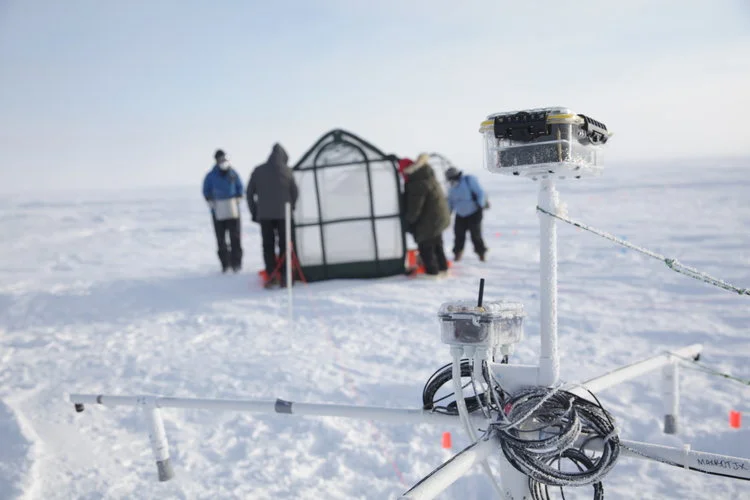DATA GATHERING PROCESS
We’ve spent the past decade testing, developing and evaluating different material approaches that could be used to make young, thin ice reflective. Here’s how we gather our data:
Climate Modeling
Climate models help us work through complicated problems and understand the Arctic’s complex system. They also allow us to test climate theories and solutions so we can best predict how the Arctic region’s environment will change over time. Read more on how we use climate models in our restoration work.
Arctic Testing
We test and conduct onsite monitoring of the materials on lake ice in the Arctic. This process is extremely important for our team, allowing us to gather data on a material’s effectiveness. Visit our Arctic test site in Utqiagvik, Alaska, USA.
Remote Monitoring
When we’re not physically in the Arctic, we’re still constantly monitoring and analyzing our work remotely. Learn the three ways we remotely collect data and ice measurements.
“This is a very feasible and attractive approach to saving Arctic sea ice by changing its heat balance at critical times of the year. Their further field testing and full implementation of the technique should be given high priority, as it's so important for our global climate that Arctic sea ice be restored.”
- Dr. Peter Wadhams
Emeritus Professor of Polar Ocean Physics, University of Cambridge

